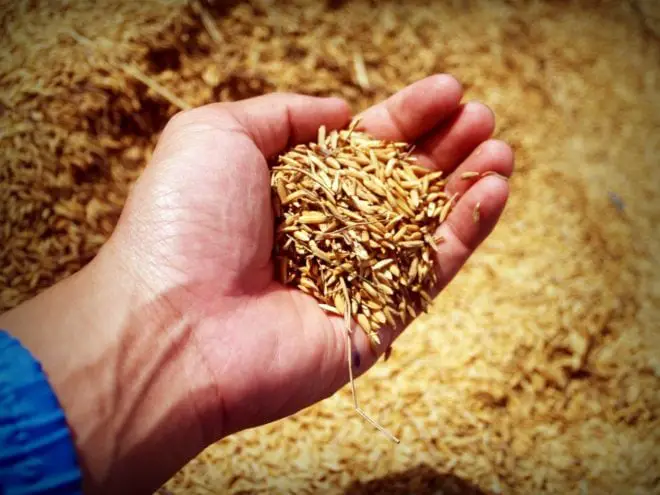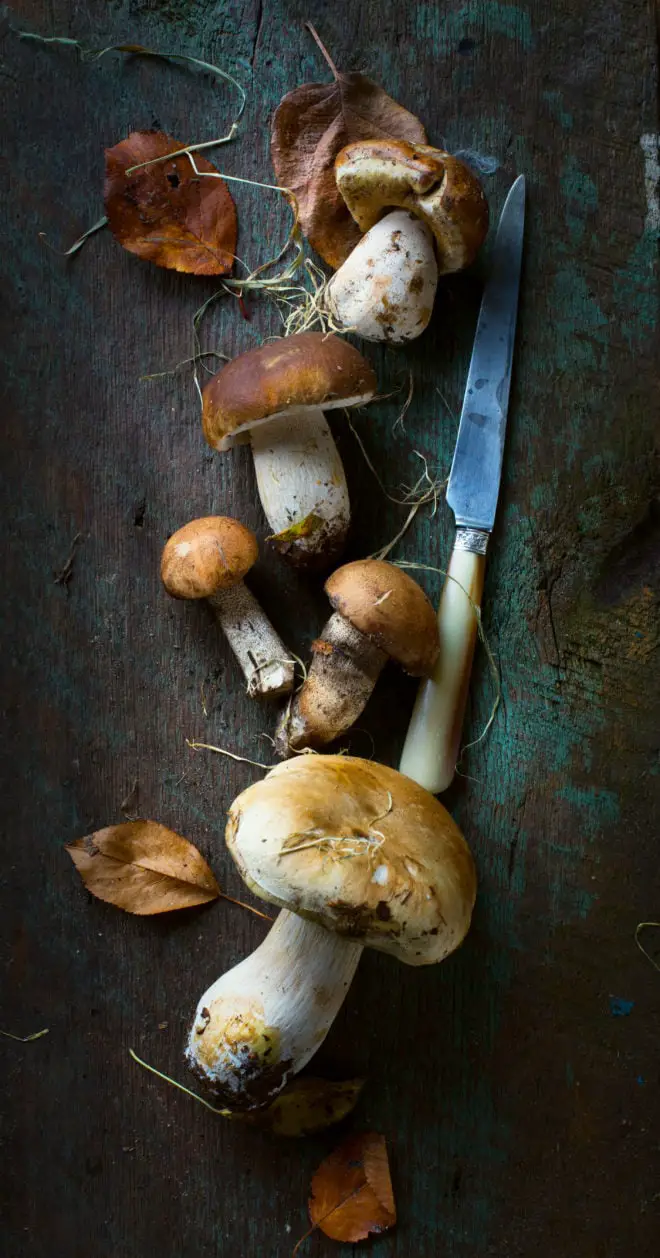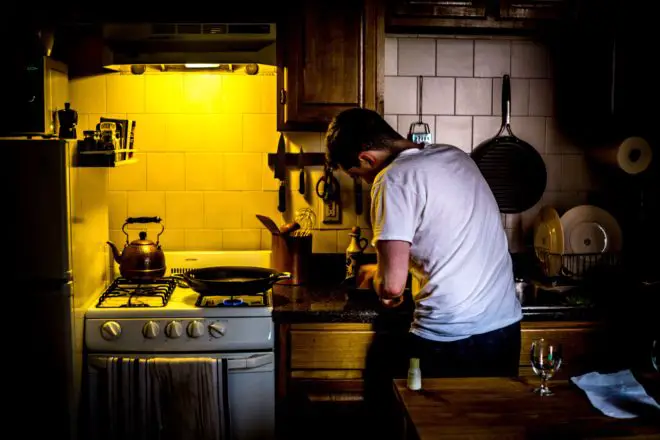Table of Contents
What is Risotto?
Risotto derives its name from the Italian word riso which means rice. Rice is cooked in a broth from meat, fish, or vegetable until it reaches a creamy consistency. This dish had its roots from the northern part of Italy. Its yellow color comes from saffron, a spice originally used for flavoring.
Whoever invented the risotto dish will remain a mystery. But almost every Italian agrees that it dates back in 1809 in Milan. It includes the medium-grained Arborio rice sauteed in butter and onion, sausages, bone marrow, hot broth or stock, white wine, cheese, and saffron gradually added. This time-consuming recipe may also use seasonal ingredients like asparagus or butternut squash. The balance of all these ingredients gives this dish an al dente seal of quality.
Properly cooked risotto is rich and creamy even if no cream is added, due to the starch in the grains. Traditionally, risotto is a fluid-like dish or all’onda (wavy). It is served on a flat dish, should spread out without any excess around it. It must be eaten at once. It has the tendency to continue cooking in its own heat, absorbing all the liquid, which eventually will turn the risotto soft and dry. Risotto is usually served as an appetizer served on its own before serving the main course.
It’s All About the Rice

Rice is grouped as long-, medium-, and short-grain. It is based on its length-to-width ratio when cooked. Short-grain rice becomes plump to an almost round shape. Long-grain rice is similar to a long grain of wheat. And medium-grain rice falls in between.
All rice contains amylose and amylopectin. These starches will define the texture of the rice as it cooks. Amylose does not break down during the cooking process. Amylopectin, on the other hand, gives rice the gelatin-like consistency when cooked. Most short-grained rice contains more amylopectin and less amylose than long-grained rice. It is for these reasons that a high-amylopectin and low-amylose, medium- or short-grain rice is usually preferred for risottos. These rice varieties have the ability to absorb more liquid and release starch which makes it sticky when cooked.
Rice varieties include Arborio, Carnaroli, Maratelli, and Vialone Nano. Terms like superfino, semifino, and fino refer to the length and the narrowness of the grains, and not its quality. Different chefs prefer one variety over another. But Arborio rice gives risotto the characteristic creaminess and the al dente chewiness Italians love. Arborio is a medium-grain variety but looks plump when cooked.
Risotto requires constant care and attention. The rice should not be rinsed, boiled, or drained before cooking. Doing so would remove much of the starch required for a creamy texture.
Cooking With Dried Porcini Mushrooms
We have said in the previous article that these dried mushrooms have a meaty richness and an earthy note which gives any dish that umami punch. There are two ways you can add dried porcini mushrooms in your recipes:

- seasoning forest organic porcini Mushroom
Whole
Rehydrate and soften whole dried mushrooms in hot water for at least 15 minutes before adding to a dish. Use the soaking liquid to flavor your dish if your recipe calls for water or any liquid. Look at the recipe below on how this could be done.
You may also add the dried porcini to a pot of braised short ribs or lamb shanks.
Ground
If you don’t want the meaty texture of mushrooms but still love the flavor, try going ground. Simply grind dried porcini in a food processor or pound in a mortar with a pestle until pulverized. Dissolve the powder in thick soups or sauces.
The powder can also be sprinkled on top of steaks before searing or blended with other herbs, spices, or salt to make a dry rub.
Dry Food Craze’s Dried Porcini Mushroom Risotto Recipe
Ingredients:
2 ounces dried porcini mushrooms
2 cups water
3 cups beef broth
2 large shallots, finely chopped
2 cups Arborio rice
½ cup dry white wine
3 tablespoons unsalted butter, cold
1 cup grated Parmigiano cheese, plus more to taste
Salt and pepper to taste
Procedure:

- Rinse the dried porcini mushrooms thoroughly to remove grit.
- Put the dried porcini mushrooms in a bowl, cover them with water until submerged. Soak for 1 hour until they are soft.
- Drain the mushroom water and set aside. Squeeze mushrooms lightly to remove excess water.
- Chop mushrooms into smaller pieces and set aside.
- Line a strainer with a paper towel and place it over a saucepan. Pour the mushroom water into a strainer to drain through. Discard the paper towel.
- Add the beef broth to the mushroom water and put it over medium heat until it starts to boil.
- Lower the heat and keep it simmering until ready to use.
- In a large skillet, heat olive oil over medium heat. Sauté shallots until translucent, about 2 minutes.
- Add the rice and stir for about a minute until it is well coated with the sauteed mixture and rice turns opaque.
- Add the rehydrated porcini mushrooms and stir to combine.
- Stir in wine and cook until wine nearly evaporates
- Add the broth, one ladle at a time, stirring constantly, until the rice has absorbed almost all the liquid before adding
the next one. Repeat this process until the rice is cooked al dente. - When rice is al dente, add a little more liquid to keep the risotto moist before removing it from the heat.
- Add butter and Parmigiano cheese and mix well. Be careful not to break the grains and mushrooms.
- Season with salt and pepper to taste and serve immediately.
NOTES
Rehydrate the mushrooms faster by soaking them in hot water. They will soften quickly but it will lose some of the flavor.
Preparation and cooking time: 1 hour 45 minutes
Serves 4
What If I don’t have Arborio Rice?
There are some instances that an ingredient is not available at the moment. Finding an alternative may be a challenge if you don’t know what you should be looking for.
In the case of this risotto, two rice varieties may work: Carnaroli rice and Vialone Nano. Carnaroli is a medium-grained superfino variety which contains higher starch than Arborio. Vialone Nano is a semifino medium-grain rice with a full-bodied texture but it is hard to find.
Another substitute is farro. It is an ancient grain, but popular among health buffs. This hulled wheat grain creates a robust risotto with more al dente than creaminess. This grain contains bran which traps the amylopectin inside thus it is less creamy. But chefs like its nutty flavor. If you like more creaminess, add most of the liquid up front instead of adding one ladle at a time.
Sushi rice is another thrifty option. This short-grain variety has both high-starch content and texture you’re looking for. Just don’t forget that you shouldn’t rinse the rice when using this for risotto. Also, don’t overcook it.
Substitute for Porcini Mushrooms
We mentioned in a previous article that the porcini mushroom is hard to find and expensive. So don’t fret if you don’t have porcini mushrooms in your pantry. You may use Shiitake mushrooms, instead. It may be less earthy but it has a similar meaty texture.
1 lb fresh porcini mushrooms are equal to 1 1/2 ounces or 2 cups of dried porcini mushrooms
Final Thoughts
Risotto is a rice dish that came from Northern Italy. Arborio rice is the preferred rice variety for risotto because of its starchiness. Dried porcini mushrooms are perfectly used in risotto dishes like this. Try it for yourself and let us know your thoughts.
Don’t forget to check out our other posts for more!
Happy cooking!

